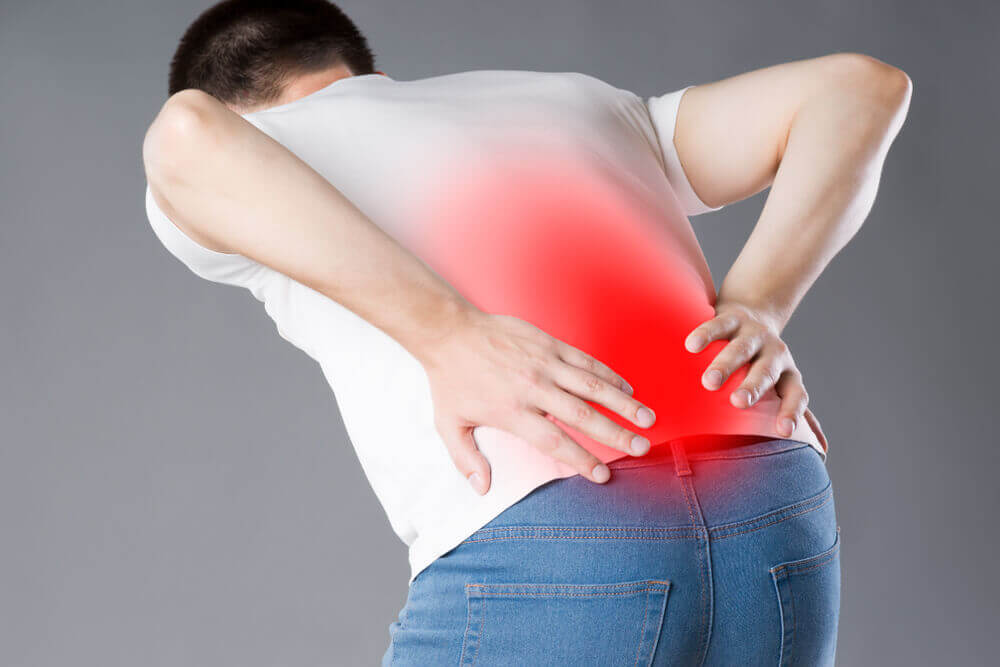
The short answer is yes, but first we need to learn a little more about what Sciatica is.
Sciatica is actually a symptom rather than a condition, and can have multiple causes. If you’re suffering from Sciatica you’ll generally experience mild to severe pain (and sometimes numbness and tingling) down the back of your leg, originating from the low back or the buttock region.
It is caused by irritation or compression of the sciatic nerve that travels from the lower back down the back of the leg and into the foot. The pain can sometimes feel like a burning in your buttocks, and the pain pattern usually follows the sciatic nerve down the back or side of the leg.
Sometimes it can be caused by simply sitting on a hard seat for a period of time. Have you ever experienced your leg going to sleep after sitting for a long time? This can also be a form of Sciatica.
There are, however, a number of more serious causes that can be assessed and managed by our team of experienced Physiotherapists. Here’s just a few:
Lumbar Disc Bulge Or Disc Herniation
This can occur when excessive force on the disc leads to the disc bulging outwards. A herniation is when the fibrous outer layer of the disc is damaged allowing the soft jelly-like interior to leak out resulting in inflammation and pressure on the spinal nerves. If a patient is suffering from a disc injury, it’s not uncommon for the nerve irritation to affect the origins of the sciatic nerve and result in Sciatica.
So you don’t get the wrong idea, it is important to understand that whilst disc bulges and Sciatica can occur as an acute episode with symptoms most disc bulges happen over a period of time and interestingly can be quite a normal part of aging. So Sciatica doesn’t need to be seen as a permanent problem. Your body is remarkably adaptable to age related changes. Our experienced Physiotherapists can assess your Sciatica and determine the extent of disc involvement, allowing us to reassure you of the right course of action for your condition.
Lumbar Spinal Stenosis
Another common cause of Sciatica is lumbar spinal stenosis and is associated with narrowing of the spinal canal. This can be result of degenerative changes within the spine such as enlarged facet joints. Generally, patients who are suffering from lumbar stenosis are more comfortable sitting as standing or walking long distances can aggravate symptoms.
Piriformis Syndrome
Whilst not a lumbar radiculopathy (nerve root irritation), piriformis syndrome can also cause irritation of the sciatic nerve, and result in similar symptoms. With piriformis syndrome, the nerve may be irritated as it passes underneath or through the piriformis muscle in your buttock. There are a number of reasons why this might happen, including piriformis muscle spasm/hypertonicity or swelling, causing pressure on the nerve. External pressure such as sitting on a hard seat or sitting with your wallet in your back pocket can also upset the piriformis muscle (this is one of many reasons your Physio might encourage you to avoid doing this!).
While these are the more common causes of Sciatica, there are many other conditions that can result in these symptoms including some that can masquerade as Sciatica. If you think you’re suffering from Sciatica, Physiotherapy is a great first contact. At Integrity Physio Perth, we’ve got a large amount of experience with these conditions, and our team can conduct a thorough assessment to determine what is the exact cause of your Sciatica, and then work together with you on a customised treatment plan specific to your needs with the goal to get you back to your best.
If you’d like to book an appointment at Integrity Physio Como/South Perth, you can simply book online, or give us a call on (08) 9368 0458.




